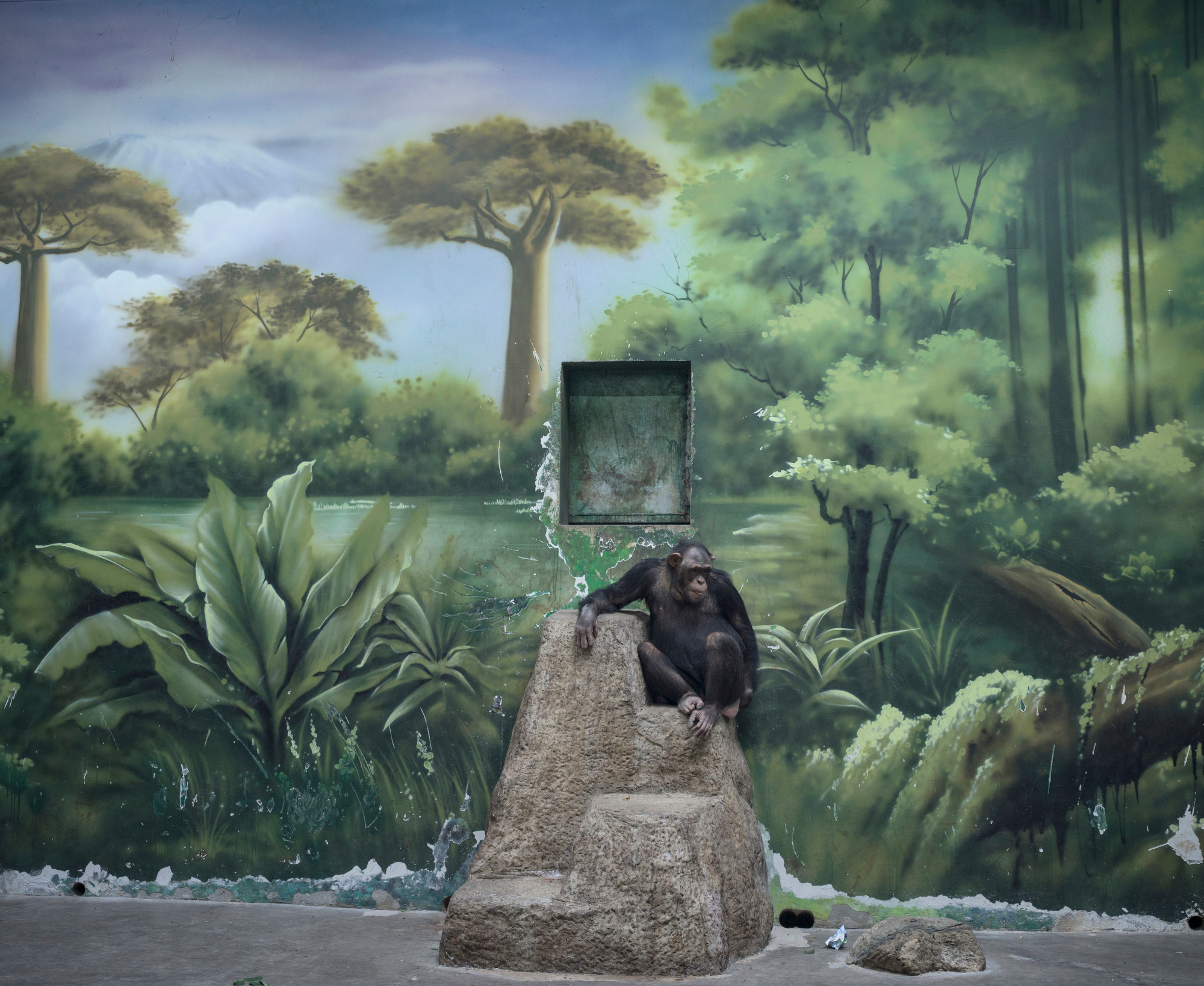NEW! Sony A6100 and A6600 breathe new life into Sony’s APS-C mirrorless range
It’s not just two new cameras, but two new APS-C lenses too
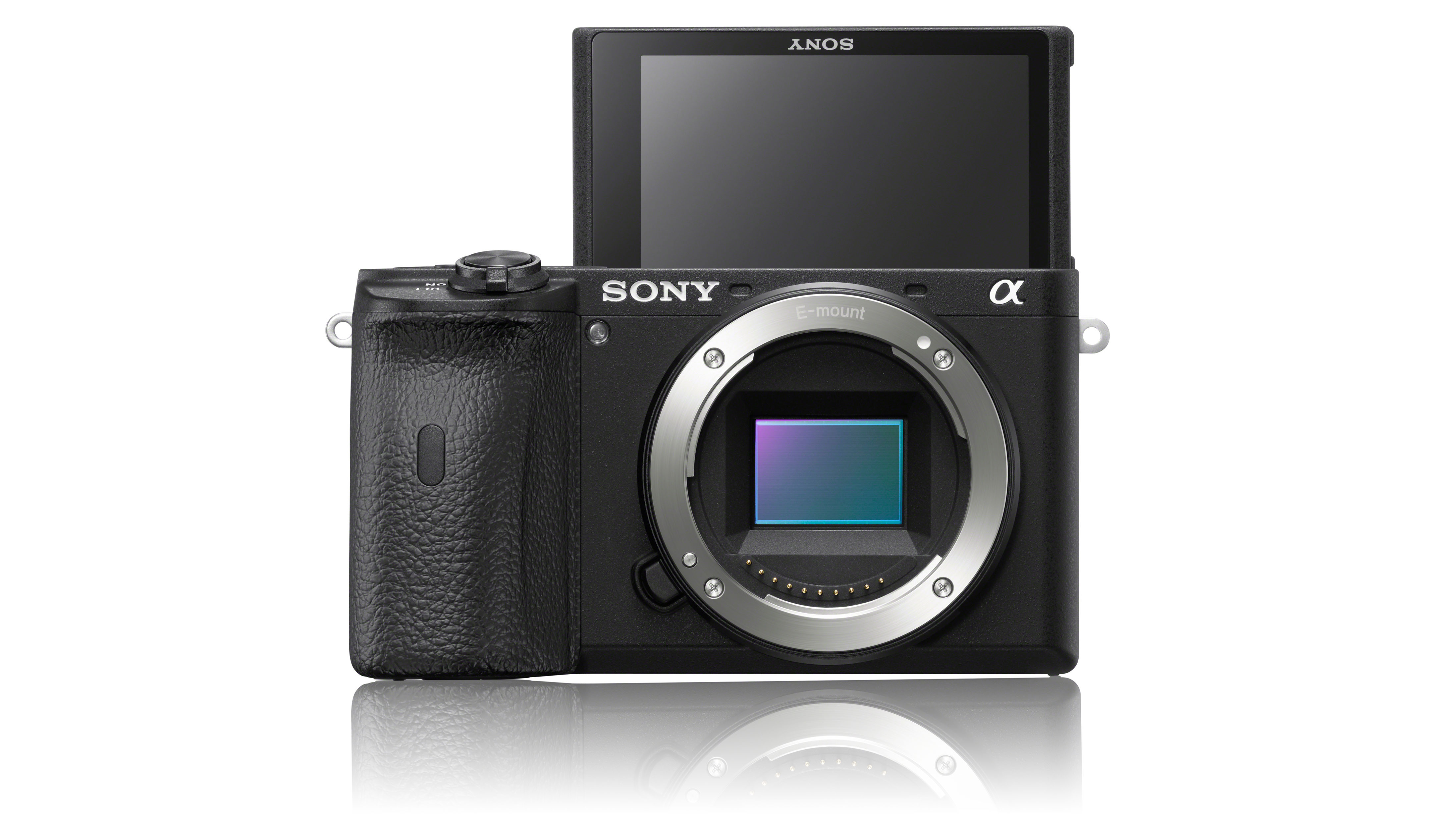
Any ideas that Sony’s APS-C mirrorless camera range was on its last legs have now been firmly dismissed. The vlogging-friendly Sony A6400 announced in January 2019 felt like it could have been a new beginning or the end of the line – it was hard to say – but the announcement of the Sony A6100 and A6600 shows Sony is committed to this smaller format.
With its renewed commitment to APS-C, Sony's range looks set to keep its place amongst the best mirrorless cameras you can get, and the new models will certainly make it on to the list of best Sony cameras
• Sony A6000 vs A6100 vs A6300 vs A6400 vs A6500 vs A6600
There’s STILL no news about any new Sony A7000 (we think we may have killed it by talking about it so much), but with two new APS-C cameras and two new lenses too, we’re not going to complain.
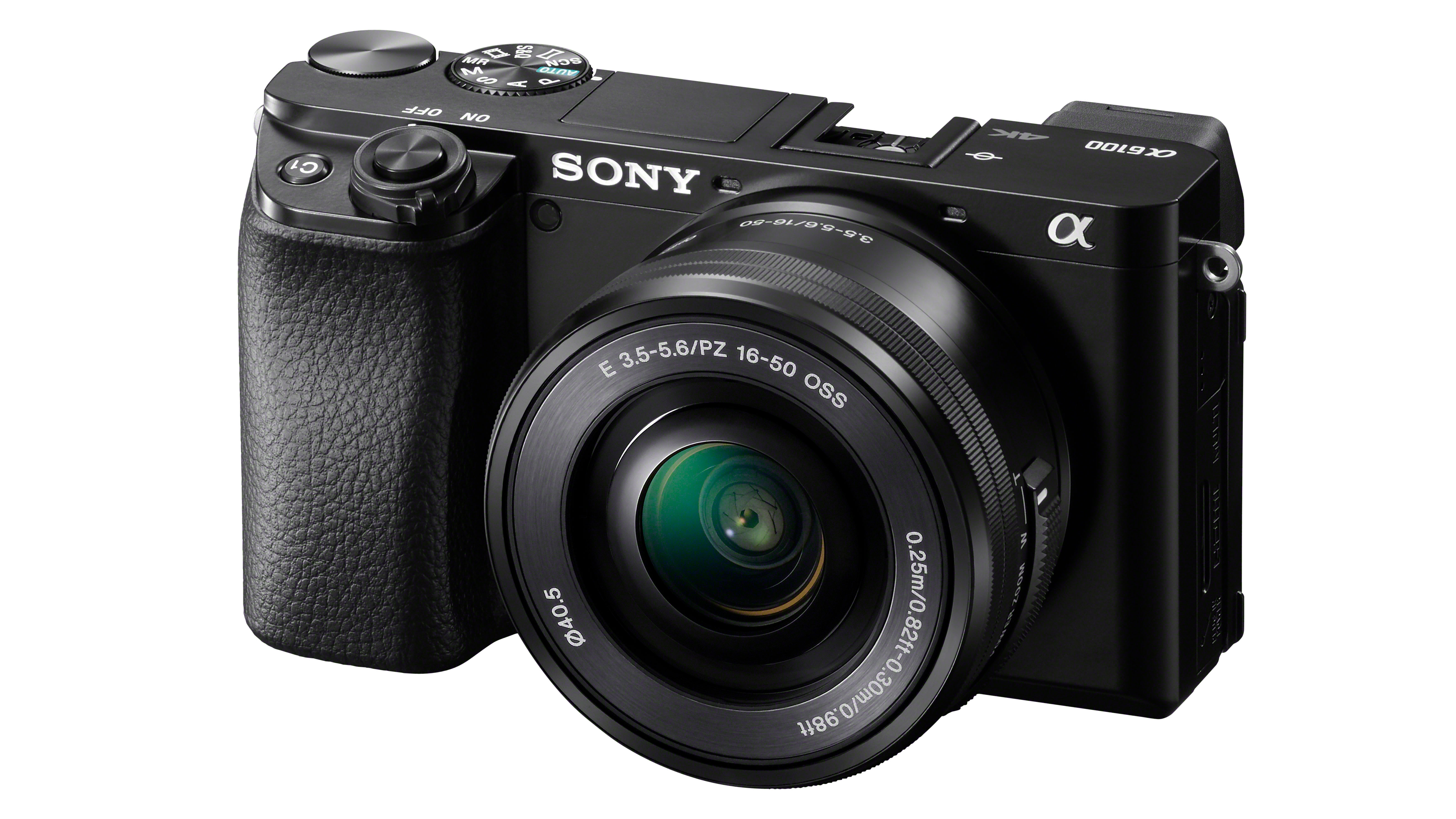
Sony A6100
The Sony A6100 is the new ‘baby’ in the range. There’s no word yet on whether the Sony A6000 will continue, but we hope so because it’s such a cheap introduction to ‘proper’ mirrorless photography.
The Sony A6100 certainly wipes the floor with the A6000 in terms of specs. The sensor resolution stays the same at 24.2 megapixels, but a new-generation BIONZ X processor transforms the performance. One immediate advantage is the increased ISO range, from ISO 100-32,000, expandable to ISO 51,200 for stills photography.
The new camera has a highly-advanced hybrid 425-point phase detection and 425-point contras AF system, with a claimed AF acquisition time of 0.02sec. It also has Sony’s latest AF technologies, including Real-time Tracking, Real-time Eye AF for humans and animals and Touch Tracking and Touch Focus.
Get the Digital Camera World Newsletter
The best camera deals, reviews, product advice, and unmissable photography news, direct to your inbox!
The A6100’s video capabilities are a league apart from the A6000’s, too, to the extent that it doesn’t sound like an entry level camera at all. It can capture 4K UHD video using 2.4x oversampling with full pixel readout and no pixel binning. This means that while the original A6000 was really a stills camera rather than a video too, the A6100 could prove one of the best cameras for vlogging, especially if the price is right.
The video mode offers Fast Hybrid AF, Real-time Tracking and Touch tracking, plus slow motion (up to 5x) and quick motion modes (up to 60x). There’s even a microphone jack, though the A6100 does not have a headphone jack for monitoring sound – that’s one of the differences between this camera and the A6600.
In other respects – including physically – the A6100 is just like existing A6000-series models, with a tilting touchscreen on the rear (180-degree upward rotation for selfies and vlogging, 74 degrees downward) and a built-in EVF.
The displays could prove a weak point. It’s a surprise to see Sony still using a modest-sized 3-inch widescreen LCD on the back of the camera – it feels cramped by today’s standards, and the EVF has a pretty modest 1.44m dot resolution too.
The continuous shooting speed is good, however. The A6100 has a maximum burst speed of 11fps with AF/AE tracking, or 8fps in its ‘live view’ mode. It can keep this up for 77 JPEGs or 33 raw files.
The Sony A6100 is available from October 2019, priced at £748/£830 body only, $848/£900 with the Sony 16-50mm PZ lens, or $1,098/£1,150 with Sony 16-50mm and 55-210mm lenses.
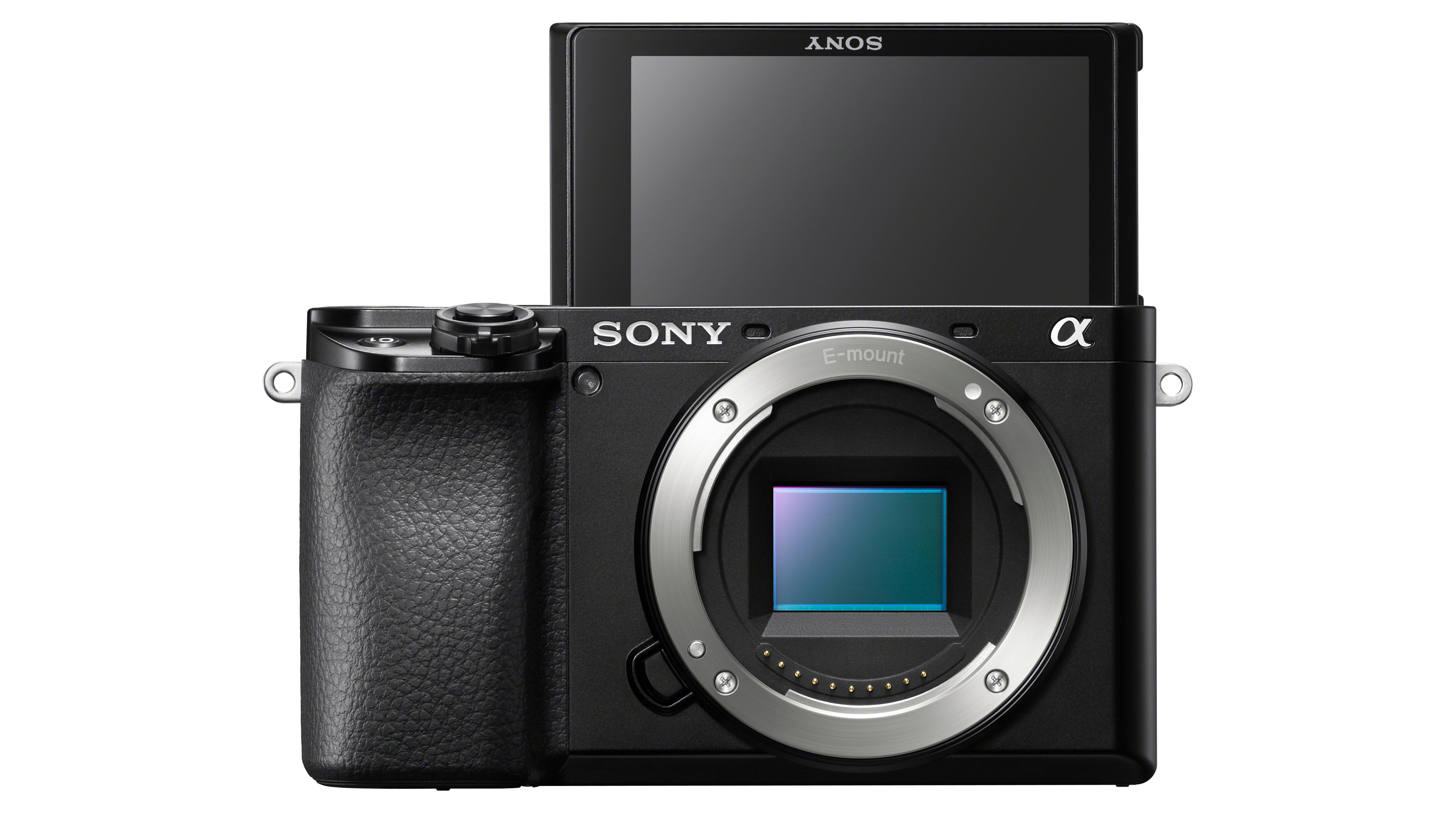
SONY A6100 SPECIFICATIONS
Sensor: 24.2MP APS-C Exmor CMOS 23.5 x 15.6mm
Image processor: BIONZ X
AF points: Hybrid 425 phase-detection AF points, 425 contrast AF points
ISO range: 100 to 32,000 (exp. 51,200 for stills)
Max image size: 6,000 x 4,000
Metering modes: Multi-segment, centre-weighted, spot
Video: 4K UHD at 30p
Viewfinder: OLED, 1.44m dots
Memory card: SD/SDHC/SDXC
LCD: 3-inch tilting, 921k dots
Max burst: 11fps
Connectivity: NFC, Wi-Fi, Bluetooth
Size: 120.0 x 66.9 x 59.4mm
Weight: 396g (body only, with battery and SD card)
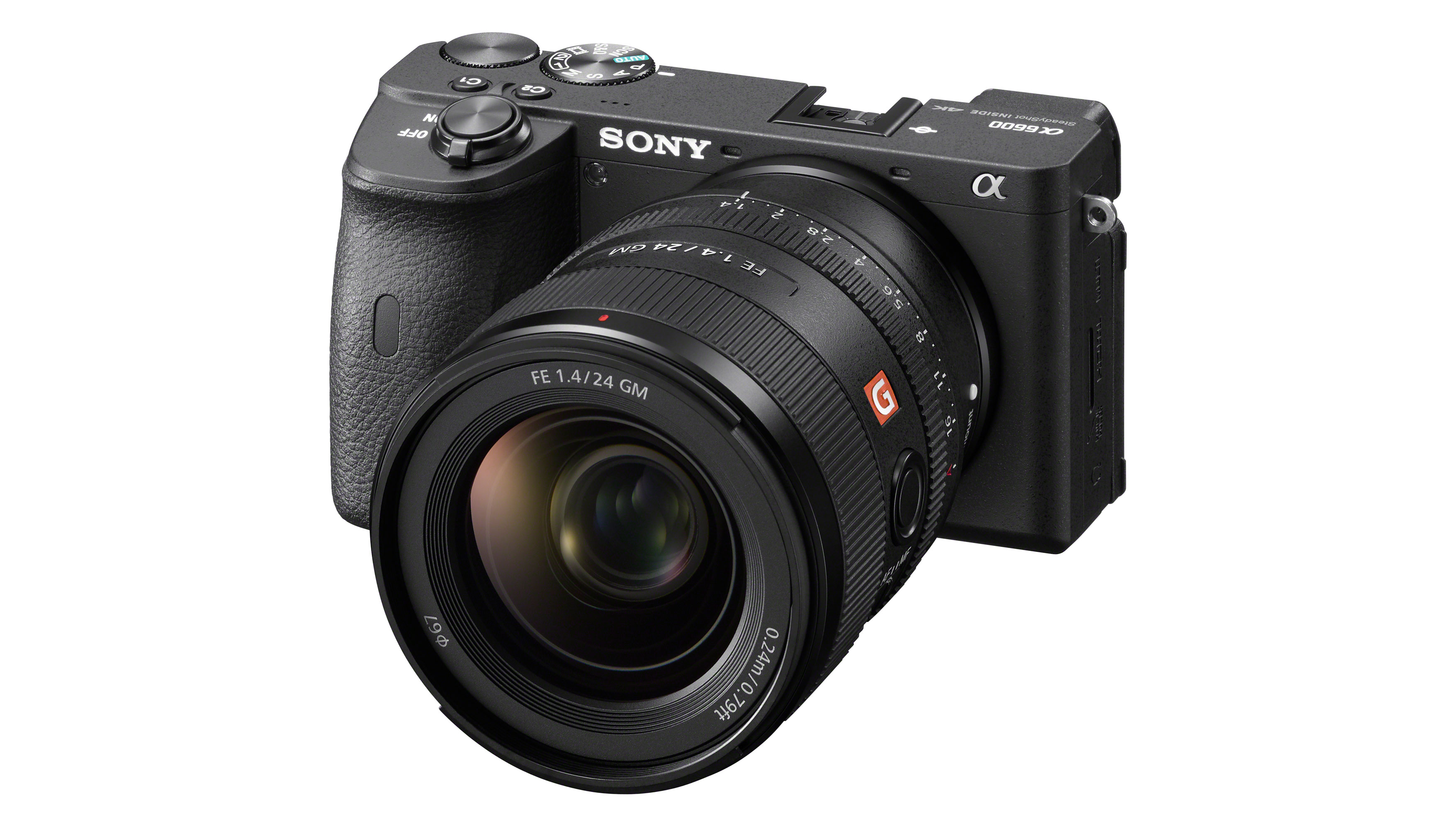
Sony A6600
The Sony A6600 may look visually similar to the new A6100, but it’s a much more powerful camera which draws, Sony says, on its full frame camera technologies.
The sensor has the same 24.2 megapixel resolution as other models in the range, with the same uprated ISO 100-32,000 ISO range (expandable to ISO 51,200 for still images).
The autofocus system is the same hybrid 425-point phase detection/425-point contrast AF system that features in the A6100, and the camera layout is similar – including the slightly small 921k dot tilting 3-inch screen on the back.
There are some important physical differences, though. These include an uprated XGA OLED TruFinder with 2.4m dot resolution (still not the highest, it has to be said), new Z-battery technology from Sony’s newer full frame cameras that gives 2.2x. the battery life of the A6500, and – perhaps most important of all – in-body image stabilization.
This may have something to do with what looks like a thicker grip on the A6500. Sony says this is to improve ergonomics, with improved materials and rigidity, but it could also be too accommodate a larger battery.
Despite its superficial similarities, the Sony A6600 is toughened up with a magnesium alloy construction with dust and moisture resistance, and a low-vibration shutter with a design life of 200,000 shots.
The Sony A6600’s video capabilities are where it starts to stand out from the A6100 and other models in the range.
It still captures 4K UHD video at 30fps (no C4K or 60p capture yet, then) with the same 2.4x oversampling as the A6100. However, here you get S-Gamut/S-Log shooting and S-Log3 gamma with 14-stops of dynamic range. And in addition to a microphone jack, you also get a headphone jack for monitoring audio levels. Lastly, customisation fans will be pleased to hear Sony has added a fourth Custom (C) button.
The Sony A6600 will be available from October 2019 at $1,398/£1,450 body only, or £1,800 with the Sony 18-135mm lens (UK price, US price TBC).
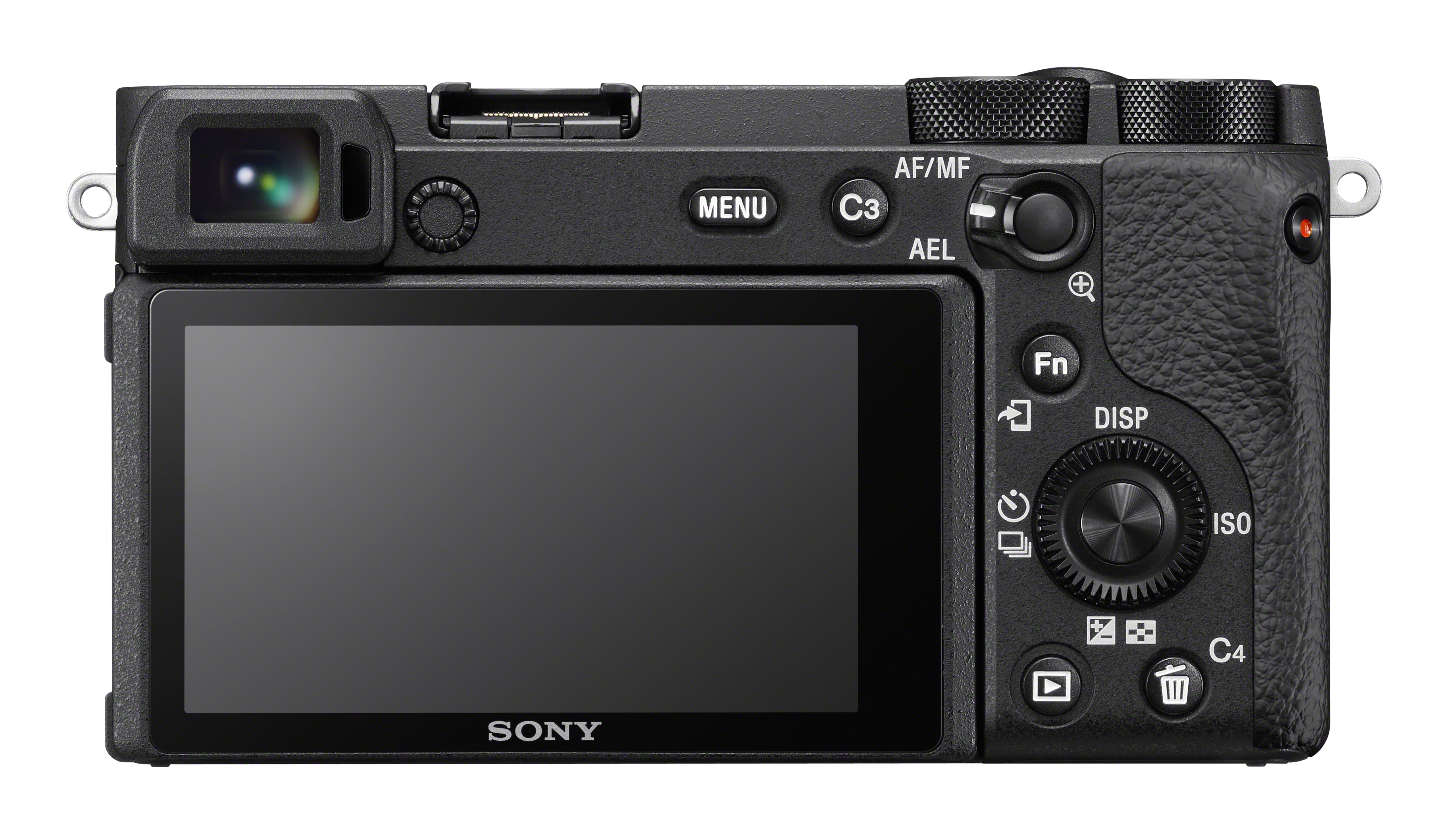
SONY A6600 SPECIFICATIONS
Sensor: 24.2MP APS-C Exmor CMOS 23.5 x 15.6mm
Image processor: BIONZ X
AF points: Hybrid 425 phase-detection AF points, 425 contrast AF points
ISO range: 100 to 32,000 (exp. 51,200 for stills)
Max image size: 6,000 x 4,000
Metering modes: Multi-segment, centre-weighted, spot
Video: 4K UHD at 30p
Viewfinder: XGA OLED, 2.4m dots
Memory card: SD/SDHC/SDXC
LCD: 3-inch tilting, 921k dots
Max burst: 11fps
Connectivity: NFC, Wi-Fi, Bluetooth
Size: TBC
Weight: TBC
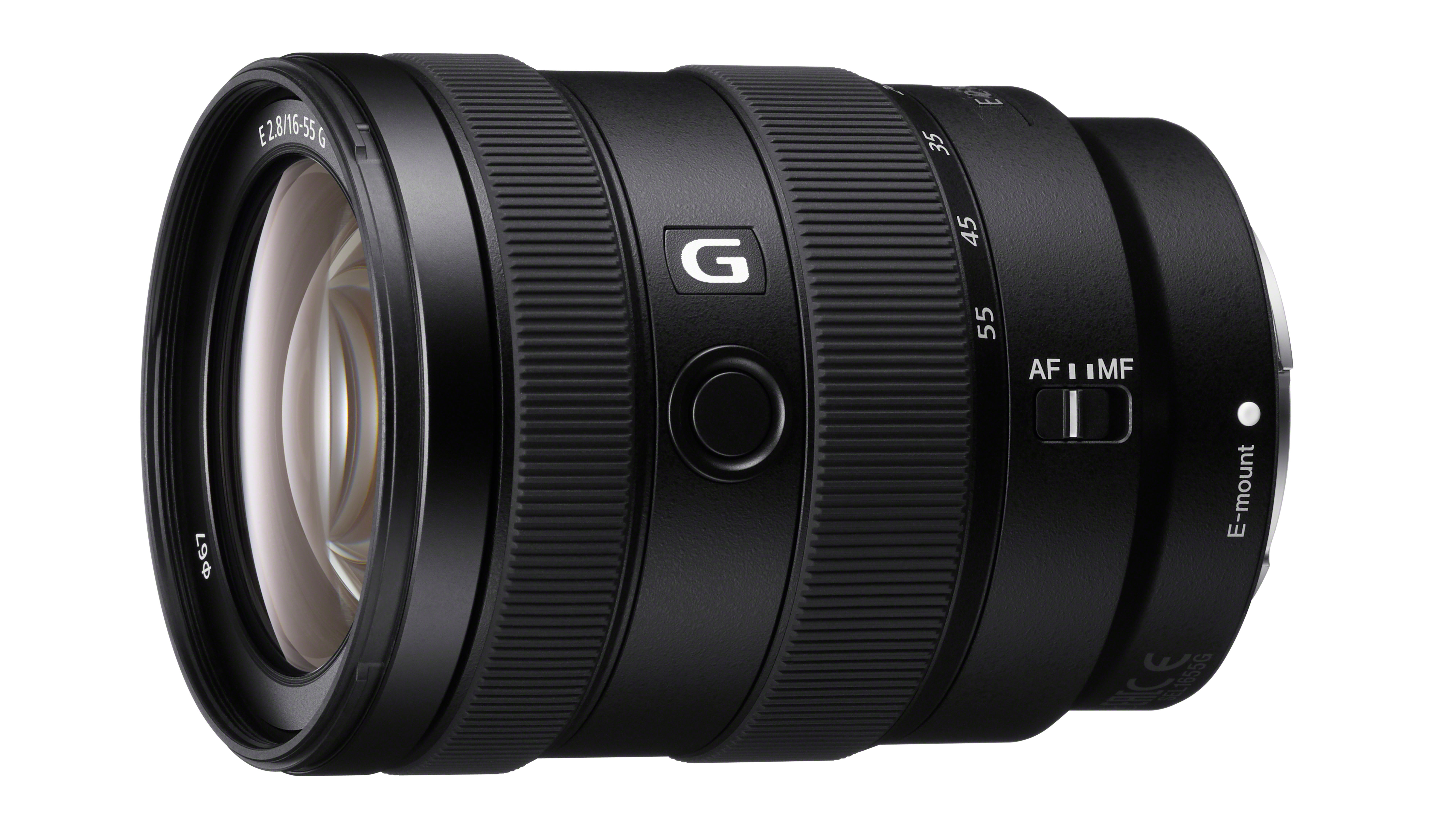
Sony E 16-55mm f/2.8 G lens
No camera system is much use without a good selection of lenses, and APS-C fans may have felt that Sony had abandoned them in favor of its full frame camera systems. Until now, most of the best Sony lenses have been for full frame cameras. The two new APS-C lenses announced today should help set that right.
The Sony E 16-55mm f/2.8 G is, amazingly, the first constant-aperture f/2.8 standard zoom lens from Sony for its APS-C cameras (why has it taken so long to produce such an ‘obvious’ lens? ).
The Sony E 16-55mm f/2.8 G offers a focal range equivalent to 24-82.5mm in full frame terms, and it’s designed to be compact and lightweight yet still offer corner to corner resolution and attractive bokeh.
Unlike many other Sony lenses, however, it does not have optical stabilization. This is not unusual in a fast constant-aperture zoom, but if you want the extra security that image stabilization brings, you’ll want to use it with the new A6600 (or the existing A6500).
This lens goes on sale in October 2019 at $1,398/£1,200.
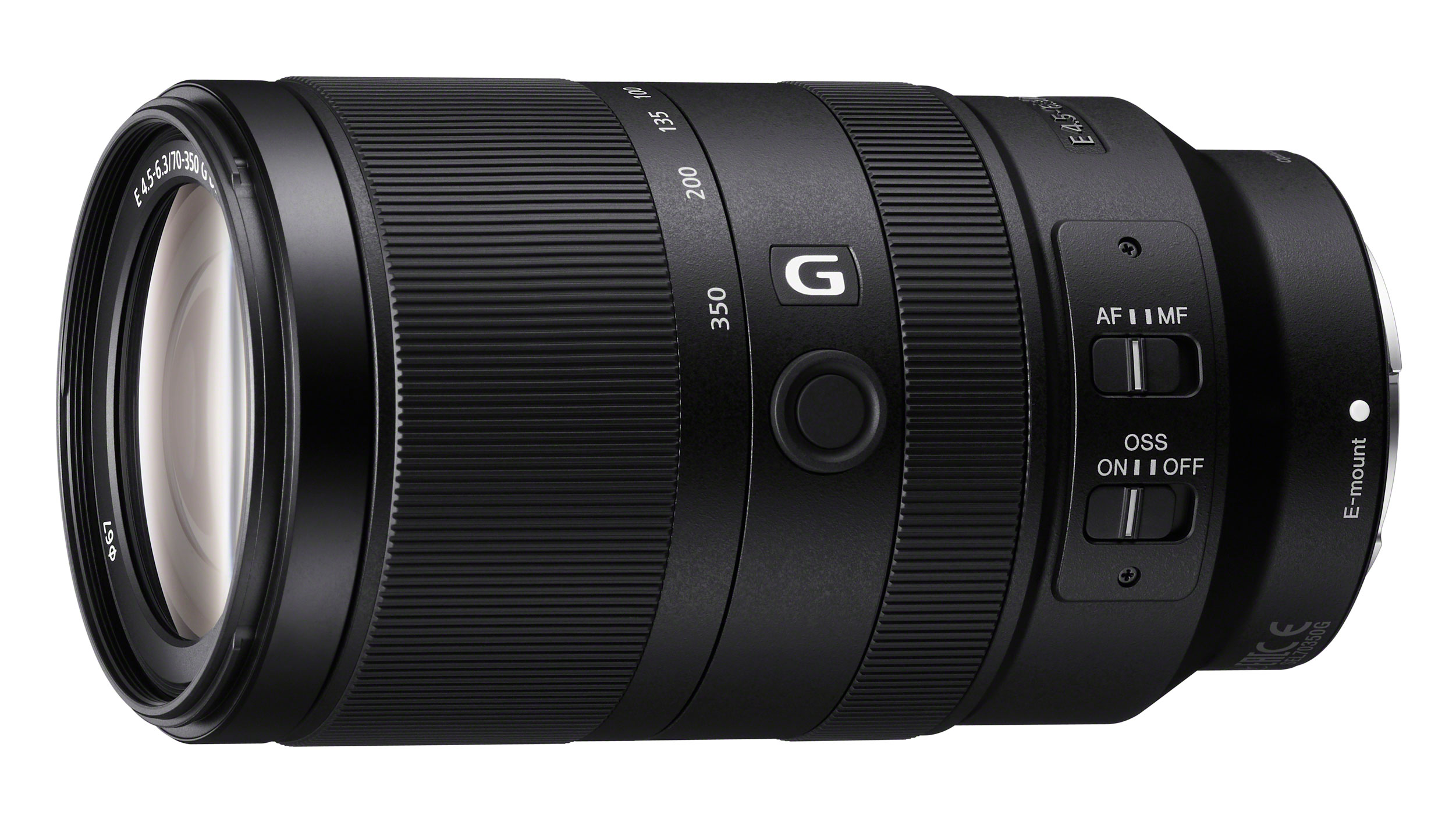
Sony E 70-350mm f/4.5-6.3 G OSS
The new Sony E 70-350mm f/4.5-6.3 G OSS does have image stabilization. It offers a focal range equivalent to 105-525mm in full frame terms, so it’s bordering on supertelephoto territory.
On the other hand, the maximum aperture is a comparatively modest f/4.5-6.3, so that stabilizer might prove useful.
Sony has designed its new super-telephoto APS-C zoom to be compact and mobile. You'll be able to buy the new Sony E 70-350mm f/4.5-6.3 G OSS from October 2019, priced at $998/£830.
Read more:
• These are the best mirrorless cameras you can buy right now
• Which is the best camera for vlogging? We pick the best buys
• Looking for the best Sony camera? These are our top suggestions

Rod is an independent photography journalist and editor, and a long-standing Digital Camera World contributor, having previously worked as DCW's Group Reviews editor. Before that he has been technique editor on N-Photo, Head of Testing for the photography division and Camera Channel editor on TechRadar, as well as contributing to many other publications. He has been writing about photography technique, photo editing and digital cameras since they first appeared, and before that began his career writing about film photography. He has used and reviewed practically every interchangeable lens camera launched in the past 20 years, from entry-level DSLRs to medium format cameras, together with lenses, tripods, gimbals, light meters, camera bags and more. Rod has his own camera gear blog at fotovolo.com but also writes about photo-editing applications and techniques at lifeafterphotoshop.com
